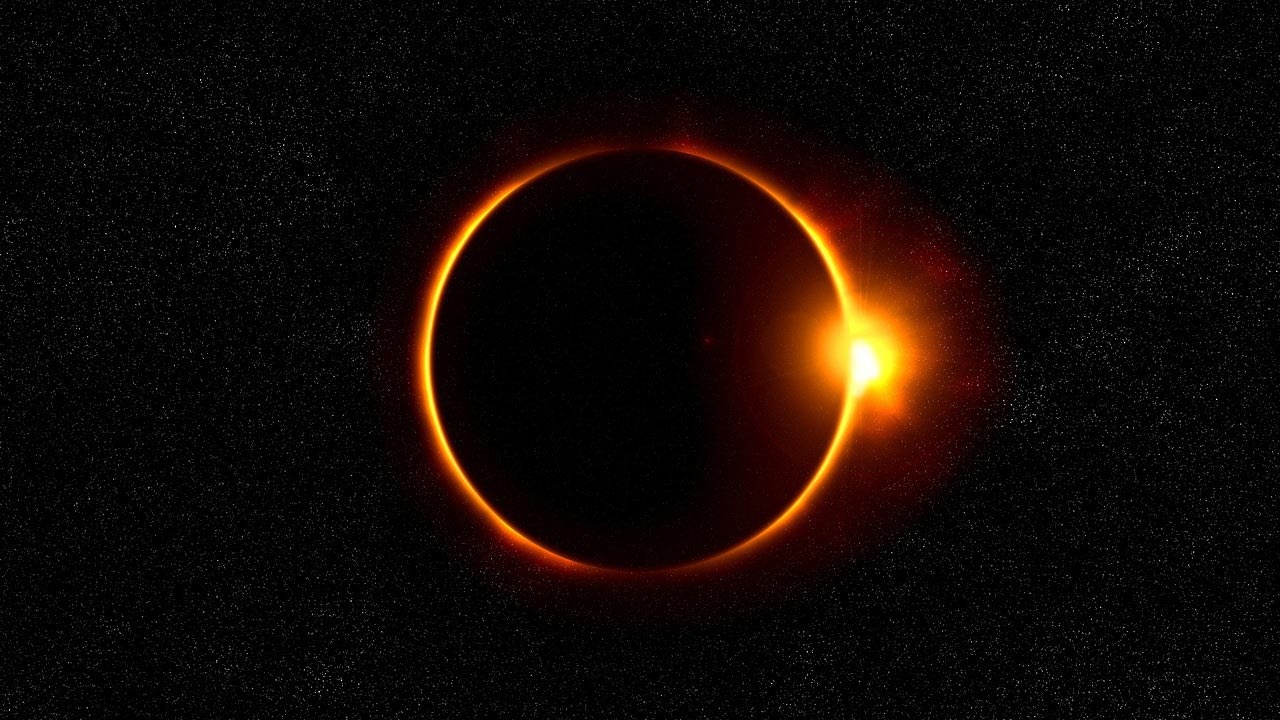Essential Gear Guide for Stunning Annular Solar Eclipse Photography
Gear up, fellow stargazers! The celestial stage is set for a dazzling performance on October 14, 2023, as an annular solar eclipse graces the skies over California as it takes its annular path across parts of North, Central, and South America. To seize the moment and immortalize the cosmic dance between the Sun and Moon, having the right photography equipment is key to capturing the beauty of the "ring of fire" effect. Here’s a list of helpful tools to help you capture every breathtaking moment of this rare event. Note that these are general recommendations. If you would like assistance, we are happy to help you choose the right products for you!
What camera is best?
Use a DSLR or mirrorless camera with manual settings. These cameras provide the flexibility and control needed for celestial photography.
What type of lens is best?
A telephoto zoom lens with a focal length between 200mm and 400mm is ideal for capturing the details of the sun and the ring effect during an annular eclipse. Consider using a prime lens for sharper images.
Use a Solar Filter:
Invest in a high-quality solar filter specifically designed for photography. Make sure the filter fits securely over the lens to protect both your camera's sensor and your eyes, and is rated and tested for solar photography. We offer solar filters from both Haida and Nisi.
Mount on a Tripod:
Use a sturdy tripod to ensure stability during long exposures. This is essential for capturing the eclipse without any blurriness.
Try a Remote Shutter Release:
Employ a remote shutter release or cable release to minimize camera shake when capturing images. This is especially important during the critical moments of the eclipse.
Solar Viewing Glasses:
Have solar viewing glasses on hand for safe observation. These glasses allow you to align your camera with the sun without looking directly at it.
Camera Bag:
Carry a camera bag with sufficient padding to protect your equipment while you're on the move.
Extra Batteries and Memory Cards:
An eclipse event can last for several hours, so ensure you have extra batteries and ample memory for your photos.
Use a Lens Hood:
Use a lens hood to minimize lens flare and ghosting caused by stray light.
Weather Protection:
Depending on the location you choose, be prepared for changing weather conditions. Bring weather-resistant gear or covers to protect your equipment.
Intervalometer or Timer:
If you plan to create time-lapse sequences, use an intervalometer or your camera's built-in timer to automate the process.
Sturdy Camera Mount:
If you're capturing video, consider using a motorized mount or equatorial mount to track the sun's movement smoothly.
Remember to test your equipment in advance, and practice setting up and adjusting your camera settings. Safety should always be a top priority when photographing the sun, so use proper solar filters and eye protection throughout the process. Enjoy capturing the celestial spectacle!







